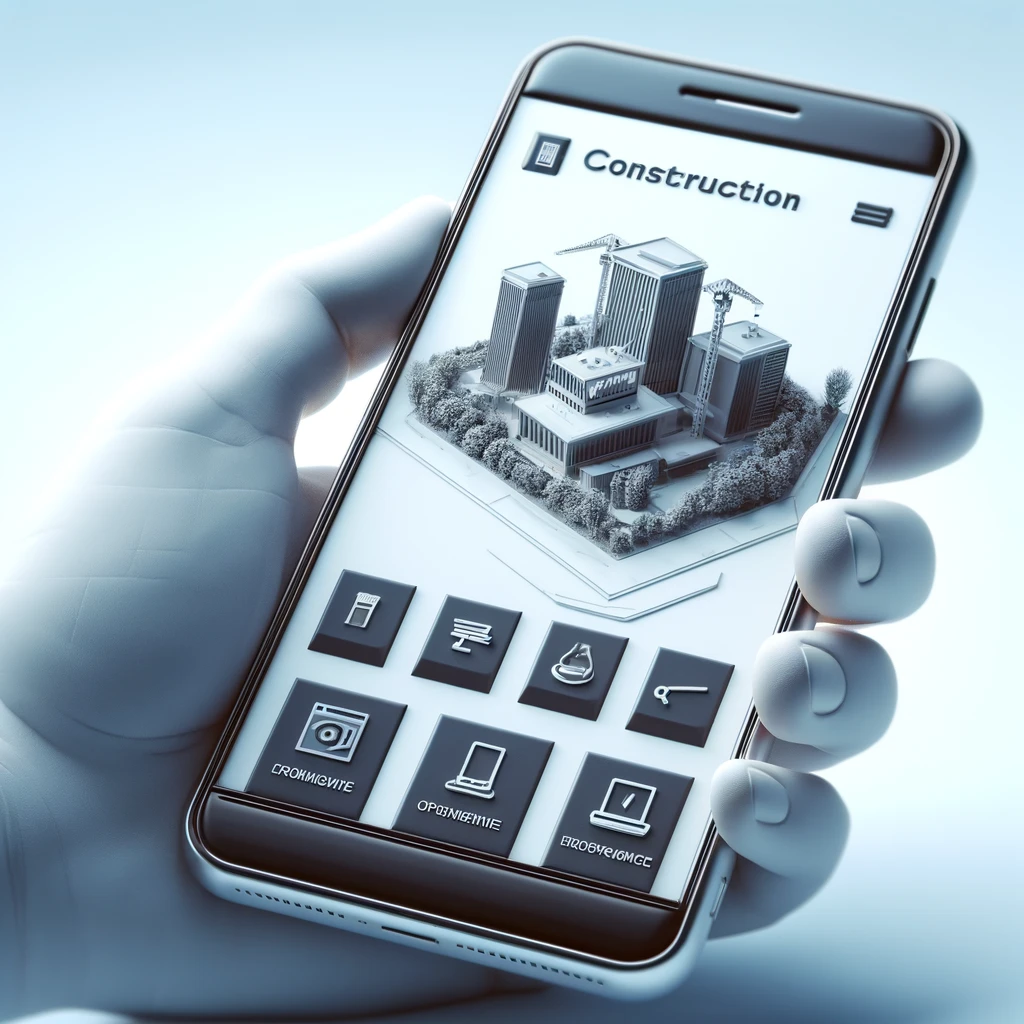Introduction

Hello there! In the fast-paced world of digital interactions, having a mobile-friendly website isn’t just an advantage; it’s a necessity, especially for construction companies. Why? Because your clients are increasingly browsing on their smartphones and tablets, and you want to provide them with the best experience possible. Let’s delve into how you can make your construction company’s website not just mobile-friendly, but a standout on any device.
Understanding Mobile-Friendly Design
First off, what does “mobile-friendly” actually mean? In simple terms, it means that your website looks great and functions flawlessly across all mobile devices. This can be achieved through:
- Responsive Design: Automatically adjusts the layout based on the device’s screen size.
- Adaptive Design: Uses fixed layout sizes that adapt to known device screens.
Benefits of a Mobile-Friendly Website
The perks of having a mobile-optimized site are many:
- Better User Experience: Easy navigation and faster load times mean happier visitors.
- SEO Advantages: Google loves mobile-friendly websites and ranks them higher in search results.
- Higher Conversion Rates: A smooth mobile experience can lead to more inquiries and client conversions.
Key Features of Mobile-Friendly Websites
What makes a website truly mobile-friendly? Here are a few key features:
- Simplified Navigation: Think big, easily clickable buttons and streamlined menus.
- Optimized Media: Images and videos that load quickly and look good on small screens.
- Touch-Friendly Design: Ensure all interactive elements are easy to use on touch devices.
Best Practices for Mobile Web Design
To get the most out of your mobile website, consider these best practices:
| Practice | Description |
|---|---|
| Content Prioritization | Highlight important information upfront to catch users’ attention. |
| Flexible Layouts | Use fluid grid systems that adjust to any screen size. |
| Device Testing | Regularly test your site on multiple devices to ensure compatibility. |
Tools and Resources for Mobile Optimization
Several tools can help you design, test, and optimize your mobile site:
- Design Tools: Platforms like Adobe XD or Sketch offer great flexibility for designing responsive interfaces.
- Testing Tools: Use Google’s Mobile-Friendly Test to see how well your site performs on mobile devices.
- CMS Options: Systems like WordPress often come with mobile-optimized themes that make it easier to start.
Common Mistakes to Avoid
Watch out for these pitfalls when designing your mobile site:
- Heavy Media Files: Large images and videos can slow your site down.
- Ignoring Accessibility: Make sure your site is accessible to all users, including those with disabilities.
- Neglecting Testing: Regular testing on actual devices is crucial; don’t rely solely on simulations.
Case Studies
Looking at real-world examples can provide valuable insights. For instance, a construction company might showcase before-and-after renovation photos in a mobile-friendly gallery, significantly increasing their client engagement and inquiries.
Conclusion
Making your construction website mobile-friendly is no longer optional—it’s critical for keeping up with the competition and meeting your clients’ needs. Start with the basics, focus on good design practices, and continually test and update your site to ensure it delivers the best possible experience on every device.